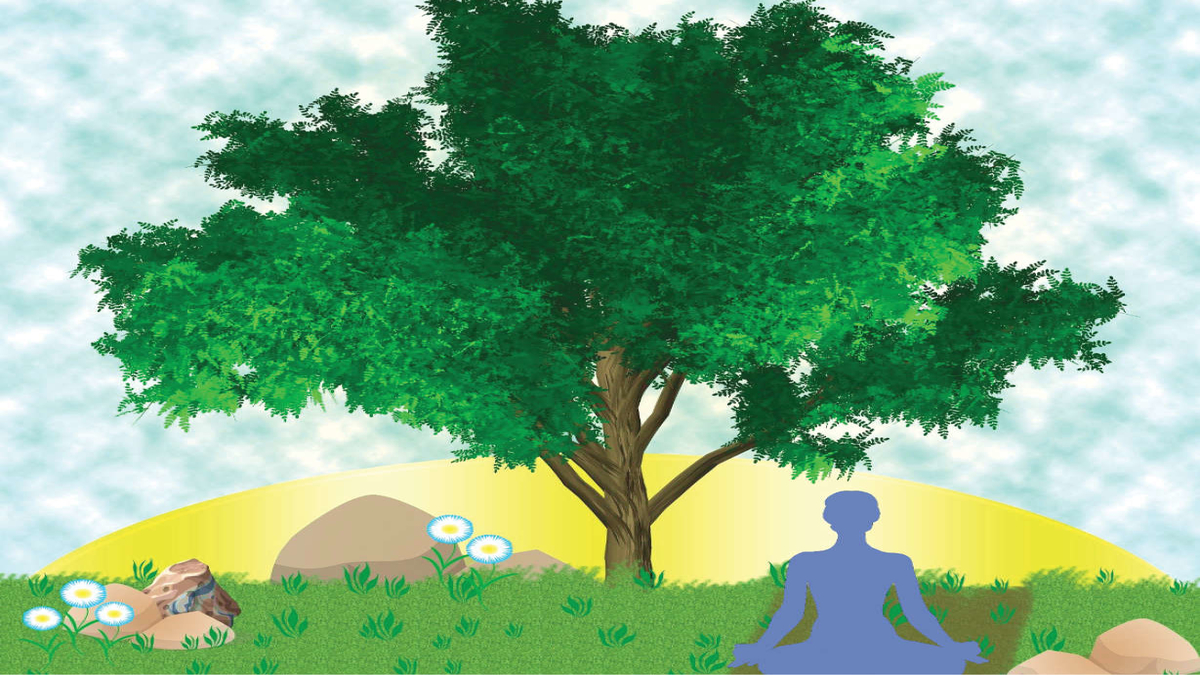The roses of St. Francis, in the garden of the Church of Santa Maria degli Angeli in Assisi, Italy, have no thorns. Such is the power of spiritual love.
These days, as I follow and report on the UN climate talks (COP26) as they proceed in Scotland, I have been working on my own garden. Hours spent in front of a computer screen at my home in Egypt have been interspersed with moments of release outdoors, where I have planted and trans-planted, fed and watered, a new garden of love.
With time, it should grow into a beautiful, productive space, inviting to insects and birds: Perhaps this is a fitting tribute to the Conference.
And it should add to the variety and goodness of our table, no bad thing in these days of plastic-wrapped veg and fruit, in-season or out of season, with shocking carbon footprints and unproven claims to freshness.
Covering COP sessions has been demanding, with press conferences, protests, and so many presen-tations. Predictably, technical glitches have tried the nerves even as I give thanks to the internet for the extraordinary privilege of being able to take part without being physically present.
Whenever I slip out into the garden, I recharge, pausing in contemplation of the eternal cycle of nature before I work the soil, hoe and sow. Autumn/winter has been the main sowing season in Egypt since the time of the Pharaohs and—at least in the countryside—so little has changed that you may have a sense of déjà vu as you come across scenes familiar from four-thousand-year-old tomb reliefs and paintings.
Working intently and with love, I have planted herbs, salad leaves, carrots, chard and spinach; calendula for splashes of colour and for the pollinators, and tagetes (French marigold) as companion plants to deter pests. It is an organic garden, full of life and interest, where ‘volunteer’ plants rub shoulders with the ones I sow, and insects—including our honeybees—thrive.
These new plantings are my “COP flowers and veg.” In this garden, they will grow, flower and go to seed, reminders of nature’s ever-repeating cycle of growth, maturation and decline. They are also spiritual balm: The closer you come to Mother Nature, the more you tune into her rhythm because—in truth—human beings and nature have been entwined for almost all the time we have walked the earth.
All we need to do is to remember our true identity, our innate dignity, and our connection with the Supreme.
So, my COP26 has had its own rhythm and texture. On the one hand, observing meetings and demonstrations, passionate argument and protest. On the other, creating a new garden of love. For me, this will be a very personal and deeply spiritual memorial of the time.
Sylvia Ismail is a writer and editor with a background in public affairs, radio broadcasting and journalism, who has been practising Rajyoga for over 10 years.























